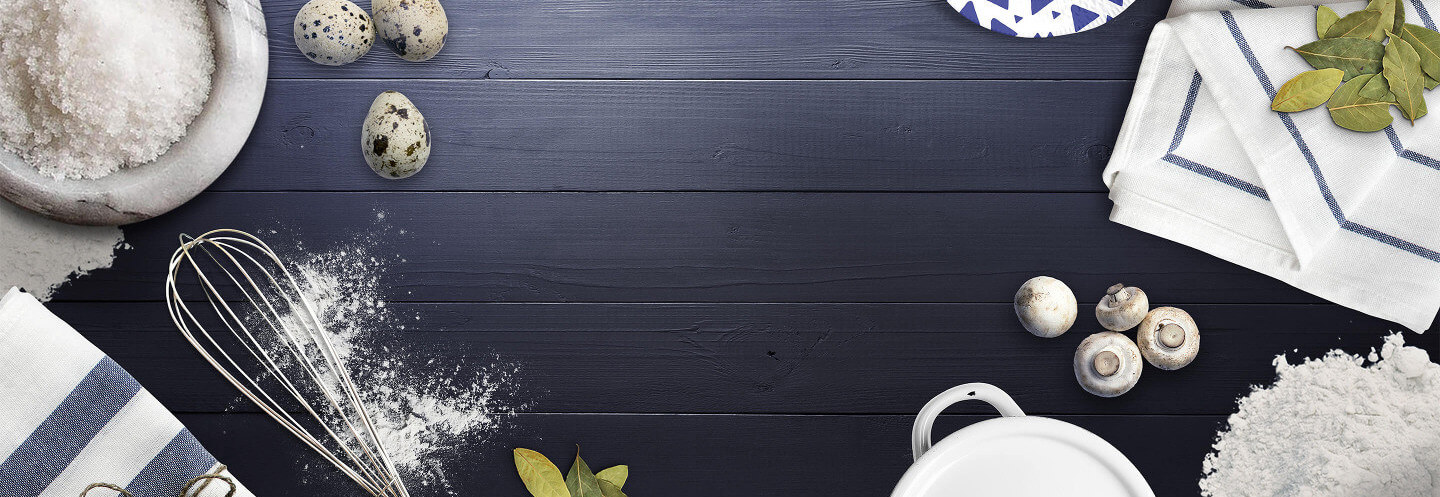https://www.copymethat.com/r/HWiYyNPQ7/ghee-and-clarified-butter-same-thing/
136452471
EHz13Qs
HWiYyNPQ7
2024-05-18 12:57:48
Ghee and Clarified Butter (Same Thing!)
loading...
This is a recipe for how to make Ghee and Clarified Butter – they are almost the same thing (more on this later). Extremely easy, cheaper than buying, shelf-stable, and has a high smoke point which makes it excellent for pan frying or roasting things at high heat without burning like normal butter.
It’s the fat used in many traditional Indian curries for intense buttery richness, to make pan fried things like Potato Rosti super crispy, and a restaurant secret for extra lush Hollandaise Sauce (in 90 seconds!).
It’s the fat used in many traditional Indian curries for intense buttery richness, to make pan fried things like Potato Rosti super crispy, and a restaurant secret for extra lush Hollandaise Sauce (in 90 seconds!).
Servings: 220 ml / 7 oz
Servings: 220 ml / 7 oz
Ingredients
- 250g / 2 sticks unsalted butter , cut into 2.5cm / 1" cubes (or so)
Steps
- Use a small or medium saucepan or small skillet with a silver base so it's easier to see when milk solids are golden.
- Put butter in then let it melt over medium-low heat.
- Leave to simmer for 10 minutes - it will start to foam at about 5 minutes, then at 7 minutes most of the foam will be gone, and by the end the foam should be almost all gone.
- The ghee is ready when the milk solids that settle on the base of the pan turn golden.
- Strain through a mesh colander lined with a single sheet of paper towel.
- Then pour into a jar for storage. Keep in the pantry 3 months (firms to peanut butter consistency), or fridge 1 year (hardens like butter).
- subheading: USING:
- Use in place of butter or fat for pan frying, roasting, sauces. The smoke point of ghee / clarified butter is 230°C / 450°F which is considerably higher than common oils such as vegetable oil and olive oil, so it won't smoke and burn.
- Use with caution in baking recipes - such as cakes and cookies.
Notes
- Scaling recipe up - it will take longer for the water to evaporate after which the foam will subside, fall to the bottom and turn brown. Use a skillet if you can - lower walls = faster evaporation (but don't use one too big, you don't want the butter spread too thin).
- Scaling recipe down - use a smaller saucepan otherwise the butter will spread too thinly and will be difficult to monitor.



